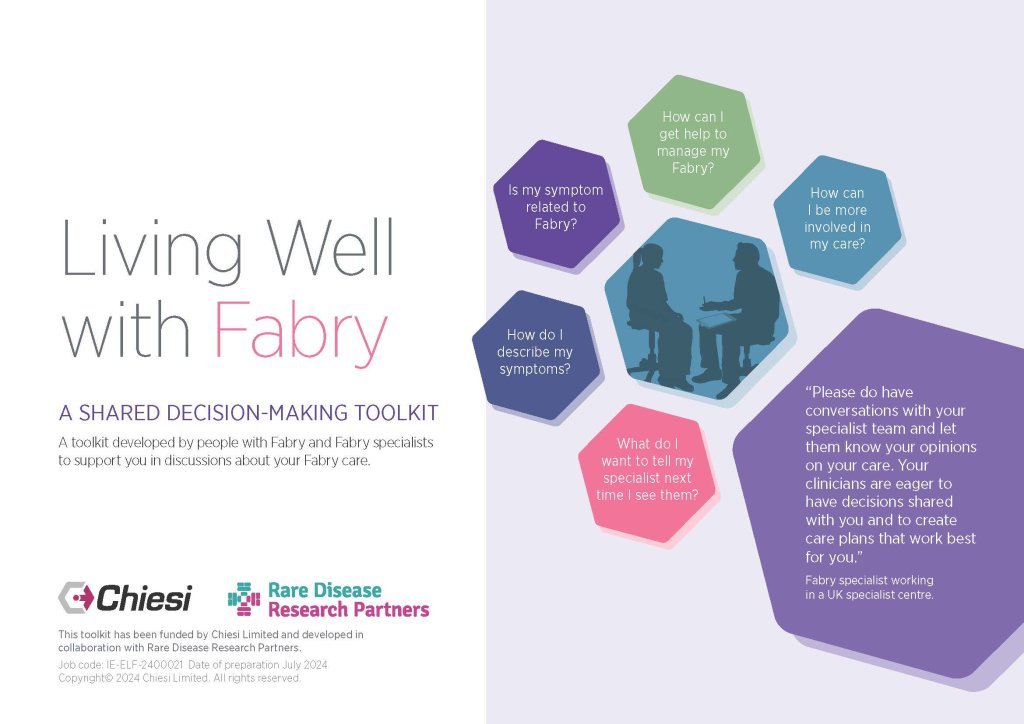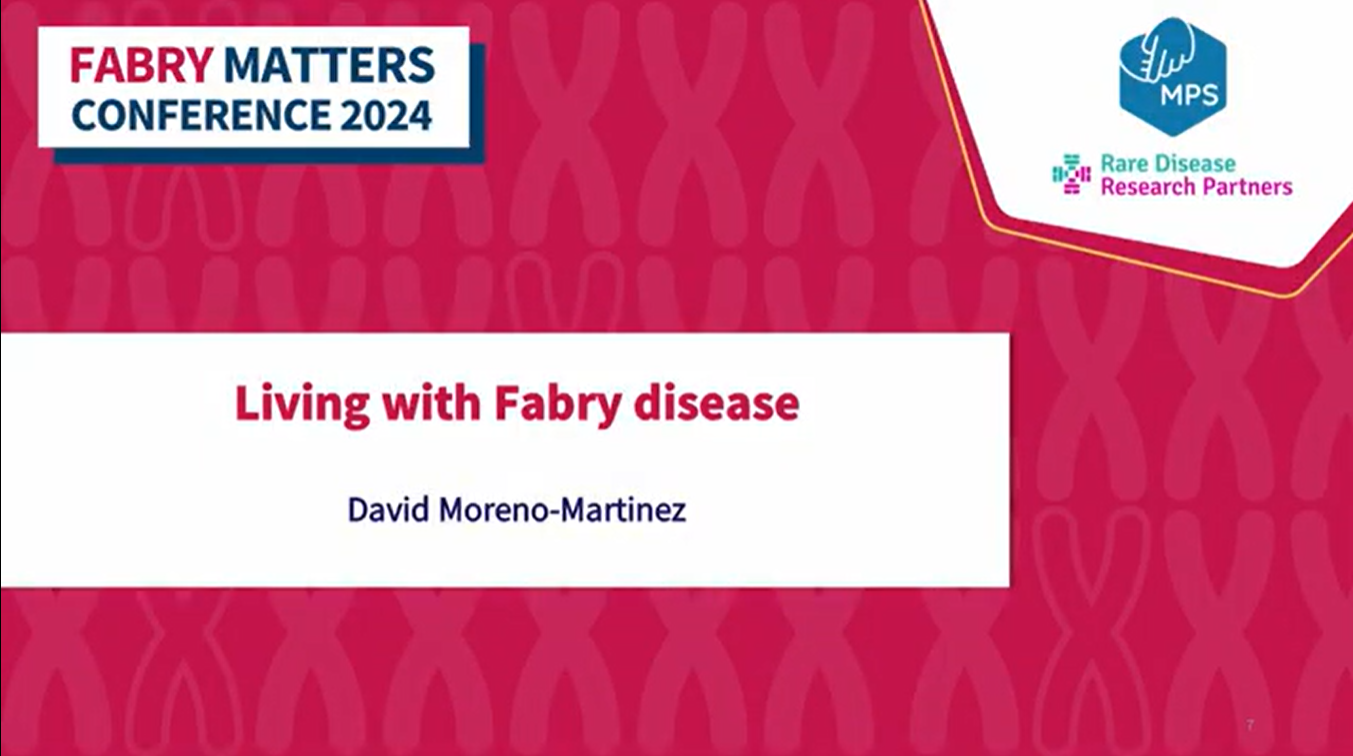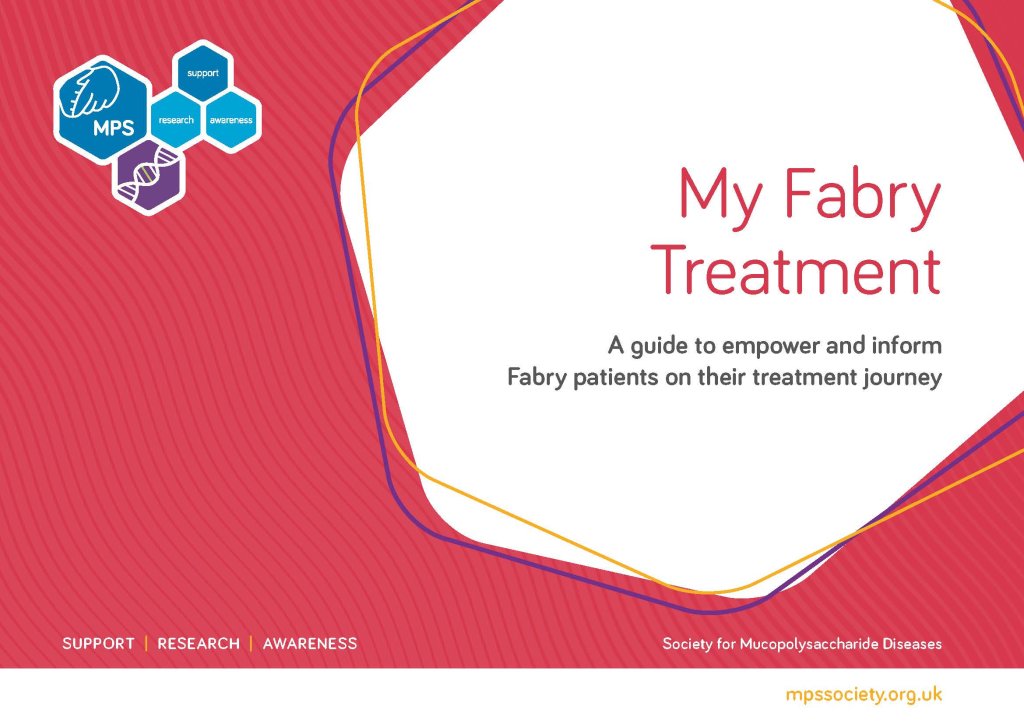Fabry-related pain is one of the most complex and unpredictable symptoms of Fabry disease. Through community discussions, expert insights, and shared experiences, we have explored different types of pain, triggers, and management strategies.
Understanding Fabry pain
Fabry pain varies widely, but common types include:
Chronic pain: Burning, stabbing, or shooting pain, sometimes affecting joints
Acroparaesthesia: Tingling pain that can escalate into Fabry crises
Abdominal pain: A common and particularly troublesome symptom
Causes of Fabry pain can be nerve damage from GB3 and lyso-GB3 build-up affecting sensory and autonomic nervous systems or small- and large-fibre neuropathy leading to temperature sensitivity and nerve pain.
Tracking and personal experiences
Together, we explored how tracking pain can help identify triggers and patterns. These were our key takeaways:
Pain crises can cause secondary pain in shoulders, back, and other areas due to muscle tension
Tracking (via apps, journals, or specialist-provided tools) helps in understanding pain patterns and improving management
Not all pain is Fabry-related, ruling out other causes is important
Enzyme Replacement Therapy (ERT) can reduce pain symptoms but not completely alleviate them. Therefore, using additional pain management techniques and medications is often required. Community members discussed how symptoms often worsen before the next infusion, so planning around these dips is crucial.
Medical approaches to managing pain
We shared a UK consensus document on pain management in Fabry disease, which covers:
Pain relief medications and that finding the right combination takes time
Neuropathic pain treatments used for chronic Fabry pain
ERT and oral therapies where some patients report symptom relief, but effects vary
Non-medical pain management
Alongside medical treatments, lifestyle changes and psychological support can play a big role in managing pain. For our final week of our pain focus we will be focusing on the non-medical approaches to pain management, including topics will include:
Mindfulness & relaxation techniques
Diet & lifestyle adjustments
Support networks & mental health care
Fabry pain is unpredictable, but understanding its causes, tracking symptoms, and using a mix of medical and lifestyle strategies can empower you to take control.






